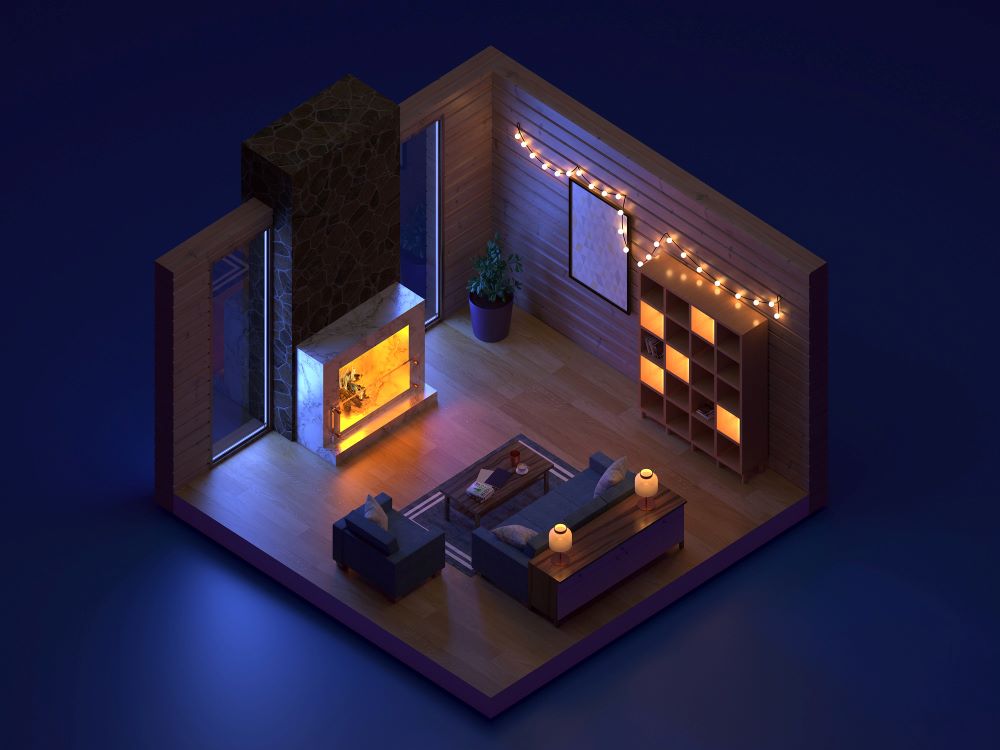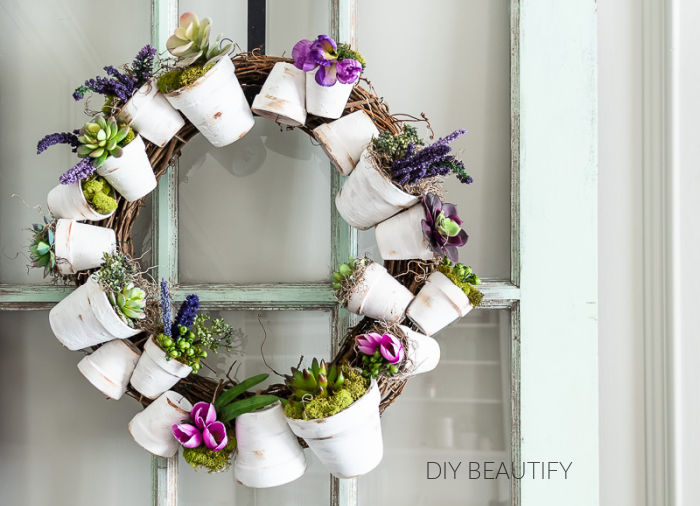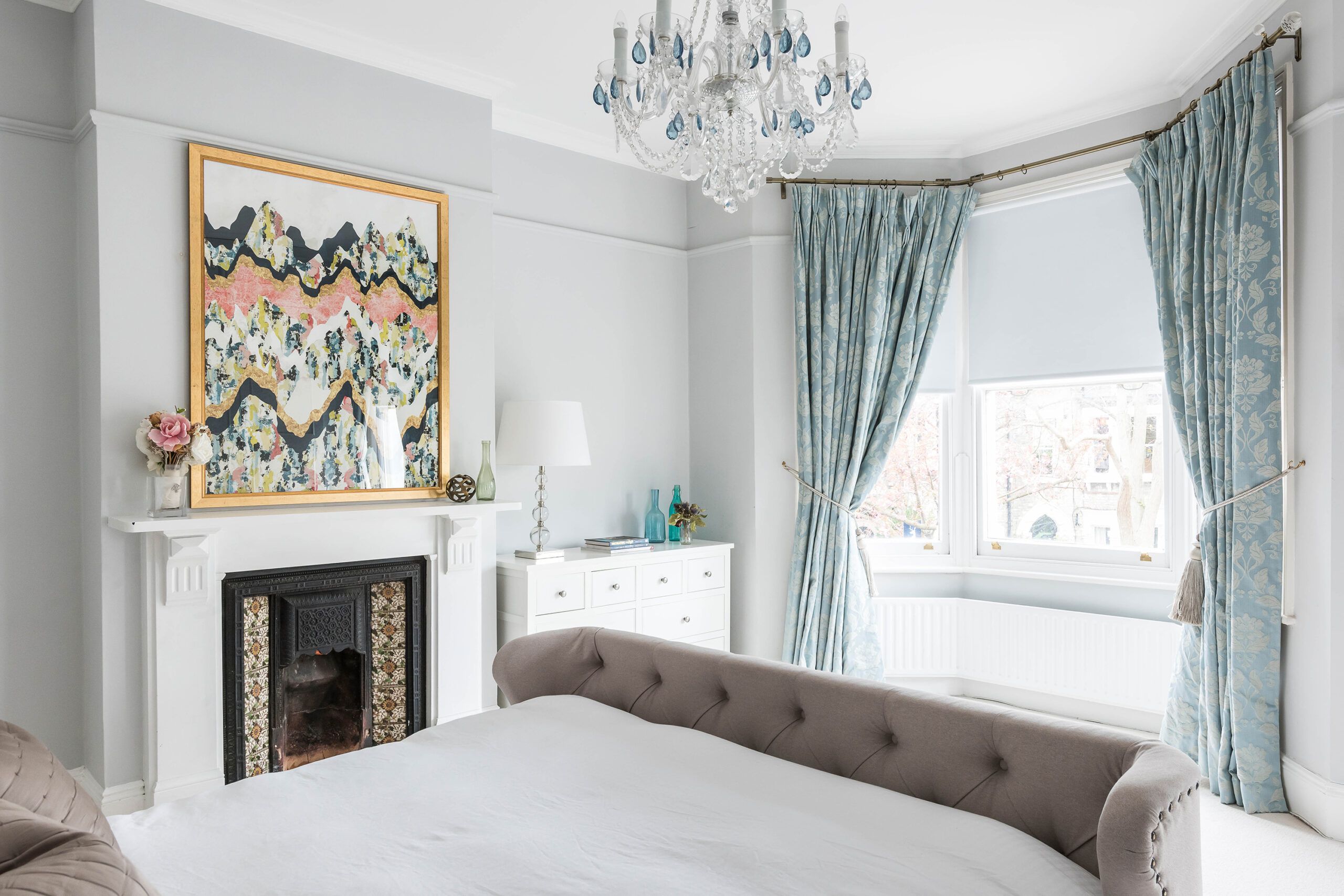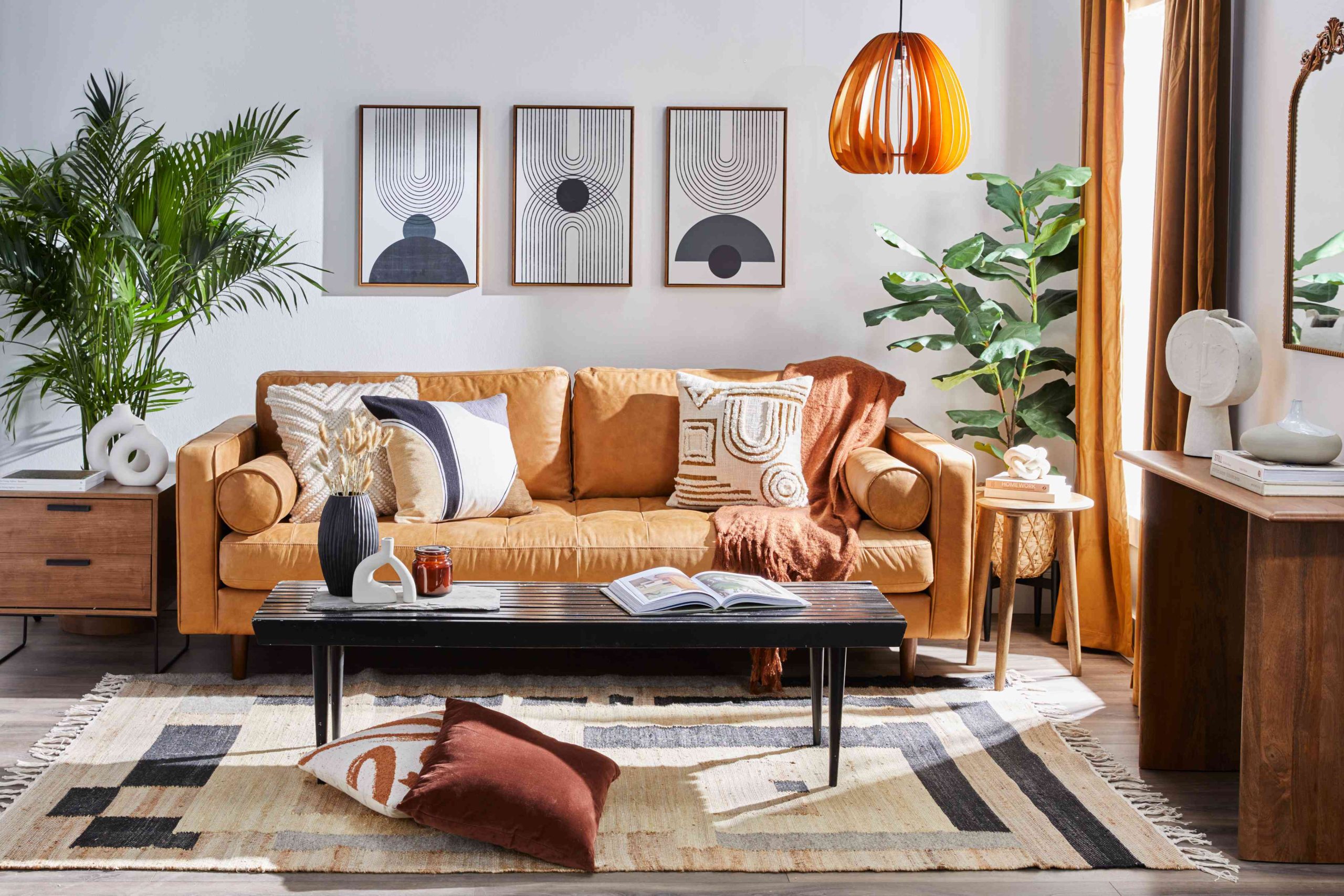As we move into an increasingly digitalized world, the use of artificial intelligence technology is becoming more and more prevalent in a variety of fields. One such area that is seeing a lot of growth in this technology is interior design. With AI interior design, personalized solutions for individuals are being delivered seamlessly and efficiently. AI has revolutionized interior design and how people access quality services, impacting and reshaping the industry, including outdated home decor trends. In this article, we will delve deeper into the impacts and implications that AI has on interior design and how it is changing the industry.
Improved Precision and Analysis
AI interior design with smart home technologies offers a precise and efficient analysis of design concepts, architecture, color schemes, and furniture choices. It enables optimized and user-specific floor plans and designs, enhancing functionality and making everyday life more enjoyable. Using smart Home Technologies, AI interior design offers a precise analysis of design concepts, architecture, color schemes, and furniture choices. It optimizes floor plans and designs specifically tailored to users’ needs, creating highly functional and enjoyable living spaces.
Enhanced Personalization
Thanks to the power of machine learning algorithms, artificial intelligence can learn a great deal about a user’s style preferences by analyzing their behavior. This allows for personalized interior design solutions and customization options that are tailored to the individual’s needs and preferences. This level of customization ensures that each room in the house has a different ambiance, catering to different moods and uses.
Room for Creativity and Innovation
With the use of AI technology, interior designers can focus on the creative aspects of interior design, while still relying on AI-powered tools to handle the precise function and technical aspects of the design. This creates more room for creativity and innovation in the design process, as designers have more time to focus on aesthetic choices and the actual look and feel of the final product.
Enhanced Customer Experience
The AI-powered interior design process is much faster, more efficient, and more reliable than traditional methods of interior design. This results in a better customer experience, with the ability to deliver highly-optimized and personalized interior design solutions on demand. This means that the customer has greater control and say over the end result of the design. They can see a visual representation of the design concept before it is implemented, making necessary alterations to suit their personal preferences.
Increased Sustainability with AI Interior Design
The use of AI-powered design tools has one significant benefit, minimizing waste. AI interior design can predict the actual requirements of a room based on a specific user’s needs and in contrast to traditional methods, where many items often get wasted. This contributes positively to the environment, ensuring that resources at home are optimized and conserved, making the home a sustainable place.
Conclusion
The fusion of interior design and AI technology has created an entirely new paradigm in the industry. Interior design services have become more accessible, accurate, and efficient, providing opportunities to create personalized and functional living spaces with minimal waste. With the use of AI-powered tools, interior designers can focus on the creative aspect of design rather than the technical, providing excellent results for the customer. AI-powered interior design is here to stay, and its advantages are more apparent as it continues to evolve. It is an exciting time to be in the interior design business and be an active participant in the new wave revolutionizing the industry with artificial intelligence.



